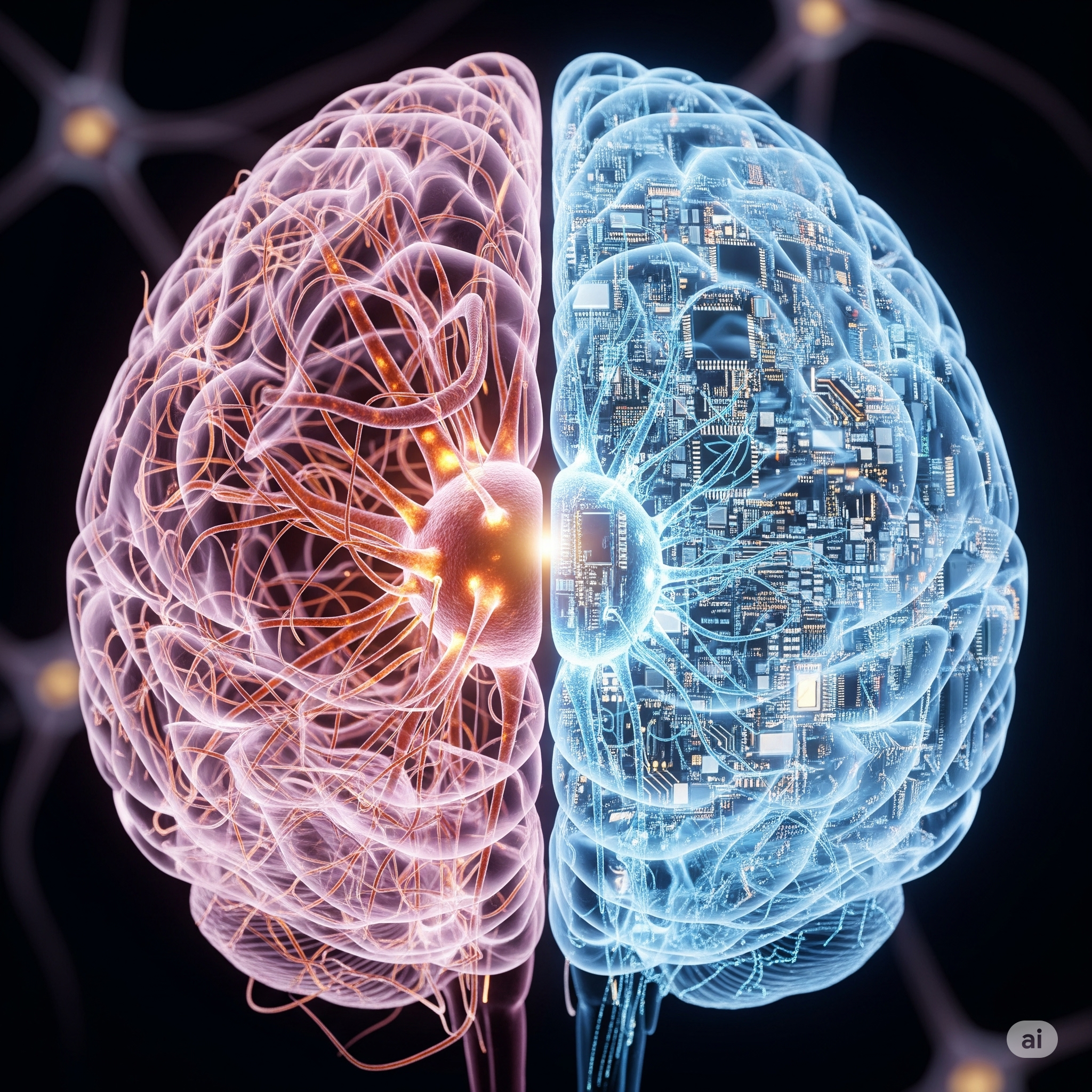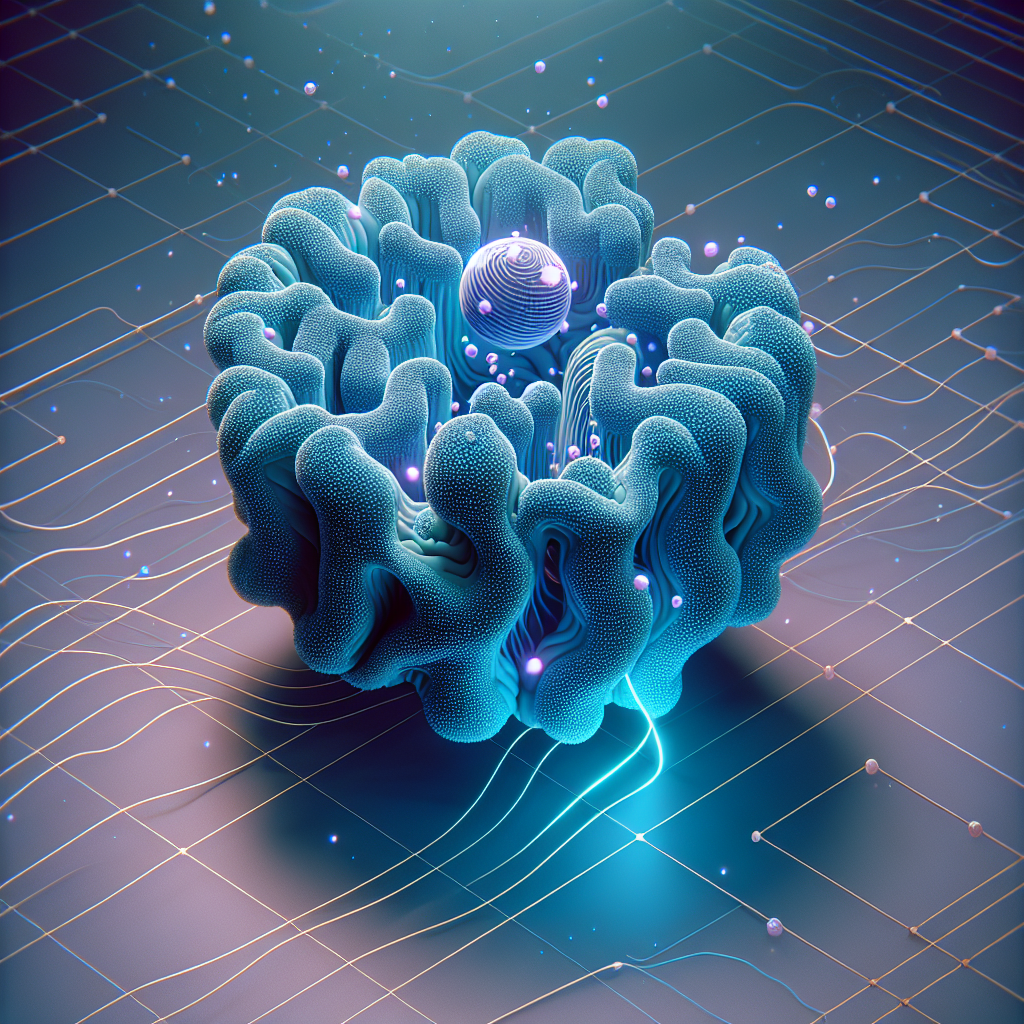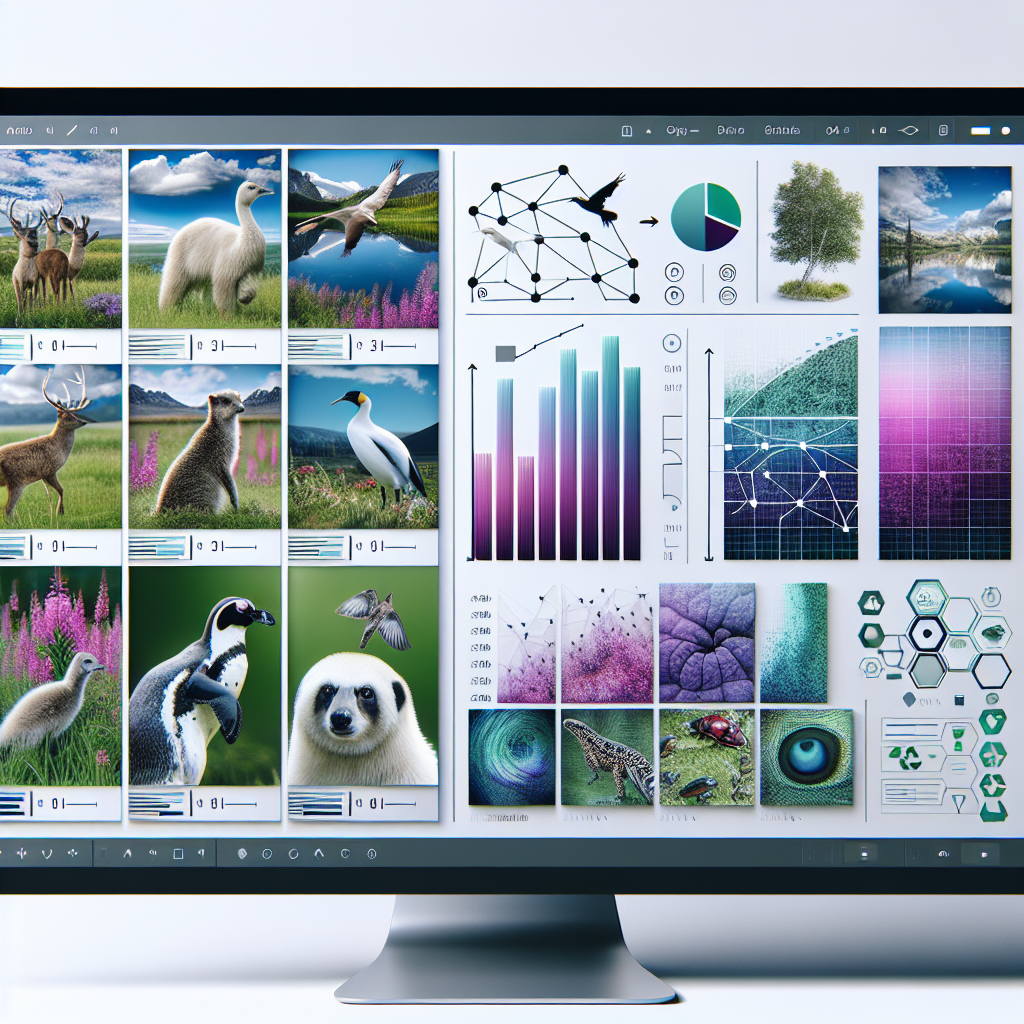Tag: MIT
-

MIT’s SASA Method: Training LLMs to Self-Detoxify Their Language Output
MIT researchers have developed SASA, a method allowing Large Language Models to detoxify their own outputs without retraining. This system creates internal boundaries between toxic/non-toxic subspaces, helping LLMs generate appropriate content while maintaining natural language fluency—similar to how humans develop internal filters for appropriate speech.
-

AI Model ProtGPS Revolutionizes Protein Localization Prediction and Design
MIT researchers develop ProtGPS, an innovative AI model that predicts protein localization in cells and designs new proteins. This breakthrough enhances our understanding of disease mechanisms and opens new possibilities for therapeutic development.
-

MIT’s Deep Learning Model Revolutionizes Heart Failure Prediction Using ECG Signals
MIT researchers develop CHAIS, a revolutionary AI system using ECG signals to predict heart failure risk with accuracy comparable to invasive procedures. This breakthrough offers hope for early detection and prevention of heart failure.
-

MIT Researchers Revolutionize Salmon Population Monitoring with AI-Powered Computer Vision System
MIT researchers develop an innovative AI-powered computer vision system for monitoring salmon populations in the Pacific Northwest, achieving up to 97% accuracy and enabling real-time management decisions through their portable “Fishbox” solution.
-

MIT Scientists Harness Generative AI to Map 3D Genome Structures Rapidly
MIT researchers have developed a revolutionary AI-powered method for predicting 3D genome structures, completing in minutes what traditionally takes months. This breakthrough enables faster analysis of genetic material and its role in cell function.
-

Powering AI Data Centers: The Unprecedented Challenge of Energy Consumption and Sustainability
Explore the unprecedented challenge of powering AI data centers, from massive energy consumption to innovative clean energy solutions. Learn how tech giants and researchers are tackling the critical balance between computing needs and sustainability.
-

Revolutionary MIT Research Accelerates Molecular Property Predictions Using Quantum Chemistry
MIT researchers have developed a groundbreaking computational chemistry technique that combines quantum mechanics with machine learning to predict molecular properties more accurately and efficiently than traditional methods.
-

Computer Vision Models Show Limitations in Wildlife Image Recognition Research
A groundbreaking study by MIT’s CSAIL reveals the current capabilities and limitations of AI vision language models in processing ecological datasets. While showing promise for basic image retrieval, these models struggle with complex scientific queries.
-

MIT’s Boltz-1: Revolutionary Open-Source AI Model for Protein Structure Prediction
MIT researchers have developed Boltz-1, a groundbreaking open-source AI model that matches AlphaFold3’s capabilities in predicting protein structures. This innovation promises to accelerate biomedical research and democratize access to advanced structural biology tools.
